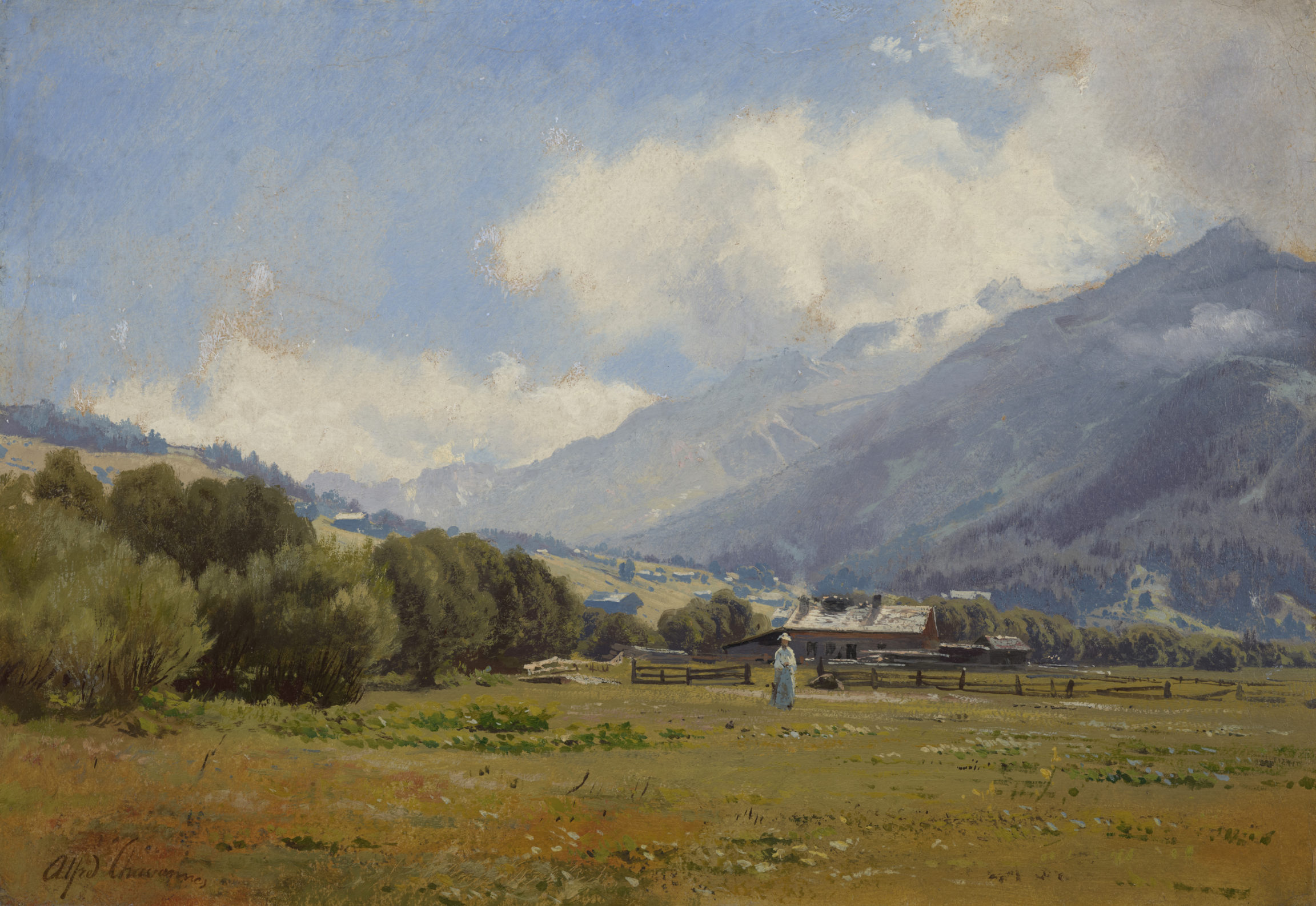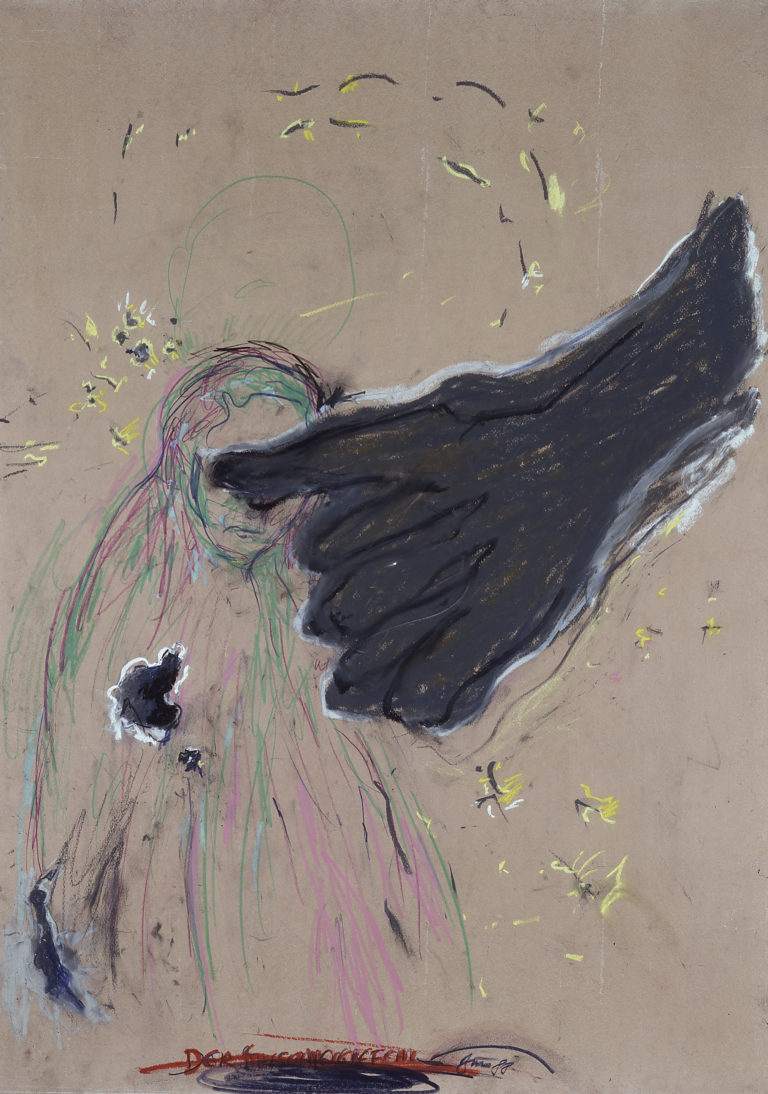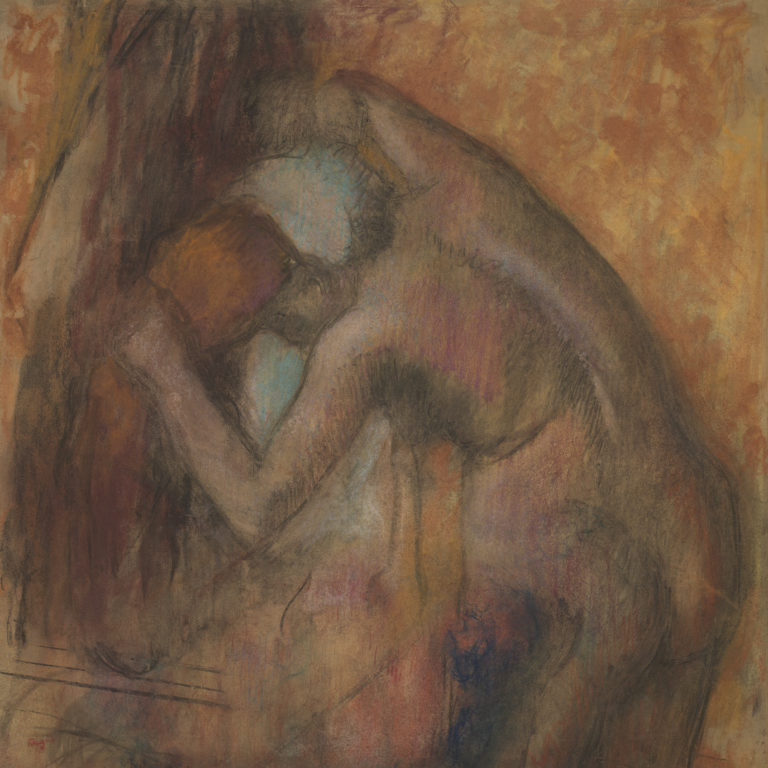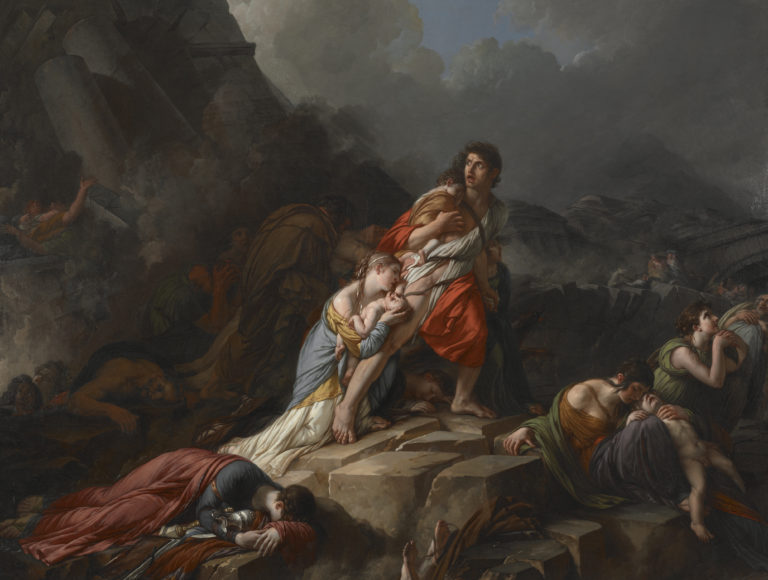Bibliography
Erika Billeter (ed.), Chefs-d’œuvre du Musée cantonal des Beaux-Arts, Lausanne. Regard sur 150 tableaux, Lausanne, Musée cantonal des Beaux-Arts, 1989: 122-123.
Maurice Jean-Petit-Matile, Le Pays de Vaud vu par les peintres, Lausanne, Edita, 1986: 86-87.




Alfred Chavannes trained as an artist with Alexandre Calame in Geneva, then Oswald Achenbach in Düsseldorf. He returned to Switzerland in 1874, building a career locally as a landscape painter. His views of the spectacular scenery around Lake Geneva earned him a solid reputation. He also captured landscapes all over the canton of Vaud.
Mountains are a frequent presence in his art, almost always as a distant, delicately misty backdrop. This sets him apart from the Romantics of previous generations, who sought to measure themselves against the threatening, sublime aesthetic of the Alps. Chavannes captures open, breezy spaces. His work is immediately recognisable from his painstaking brushstrokes, shimmering colours creating a bright, limpid atmosphere, and the use of skilled blending to hit exactly the right note.
In this composition, a row of trees on the left deepens the perspective of the valley leading to Les Diablerets. The hill in the background creates a sense of balance in a symmetrical echo of the line of mountain crests to the right. The artist’s landscapes are always living spaces marked by a human presence. In this case, the characters are shown strolling rather than labouring, like the woman in the centre of the painting, acting as a pivot for the entire composition.
As tourism developed in the late nineteenth century, bringing change to rural lives and landscapes, it was a deliberate choice by Chavannes to depict this valley as a rural idyll. Les Diablerets, now one of the Vaud’s biggest tourist draws, was then just a hamlet outside the village of Vers-l’Église, the historical heart of the commune of Ormont-Dessus… and in those days, none of the chalets captured by Chavannes in paint was a second home.